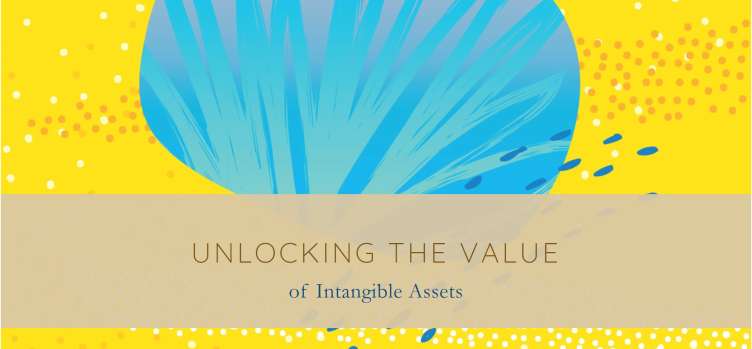
When traditional tangible assets such as physical and financial resources fail you, your intangible assets can lift you up again. Nowadays, intangible assets often surpass tangible ones in value for most companies. Although the valuation methods can be disputable and subjective, almost every evaluator, manager, and CEO agrees that intangible assets are key to sustainability and business growth.
Understanding Intangible Assets
Intangible assets are elements you can’t see, touch, or smell, and most importantly, they can’t be bought with money. Yet, they make your business stable, profitable, and ready for the next level. Common intangible assets include patents, software, a loyal customer base, brand name, and reputation. Others, such as human capital, organisational capital, and information capital, are less visible but equally critical.
Human Capital: This includes the talents, knowledge, and skills of your employees, as well as their motivation and willingness to continuously learn.
Organisational Capital: This encompasses the company’s culture, leadership, alignment with strategic goals, and the ability to share knowledge and implement succession plans.
Information Capital: This refers to technological infrastructure, databases, and information systems.
Employees in strategic roles who are continuously trained and who collaborate effectively to solve problems and streamline processes are also valuable intangible assets. The time and effort needed to achieve this harmony make it hard for competitors to imitate.
Intangible Assets vs. Tangible Assets
Tangible assets are vulnerable to geopolitical, economic, and technological changes; they can appreciate, depreciate, or even vanish. A major example is the decline of Nokia and Blackberry mobile phones. In a volatile market, tangible assets are not safe. However, the power of intangible assets is evident when customers trust and support your company based on reputation and brand, even during tough times.
For example, Microsoft’s $150 million investment in Apple in 1997 and Fiat’s investment in Chrysler in 2009 demonstrate the importance of intangible assets. When external circumstances challenge your business, investors, loyal customers, and suppliers can still support you because of your reputation, brand name, or the potential of your human capital.
Conclusion
Intangible assets are safer from unforeseen economic instability than tangible assets. Investing in and developing a conducive work environment, training and retaining employees in strategic roles, empowering and delegating to employees, clarifying short- and long-term goals, planning and announcing changes, and building high trust levels with investors, suppliers, and customers are key strategies. These actions protect your organisation from the high risks that traditional tangible assets face, ensuring that you can leverage your intangible assets during hard times. Intangible assets are value-creating elements for any organisation, contributing to stability and growth regardless of market fluctuations
Dr. Youssef Lamaa


Leave a Comment